Vermeer & Music at the National Gallery
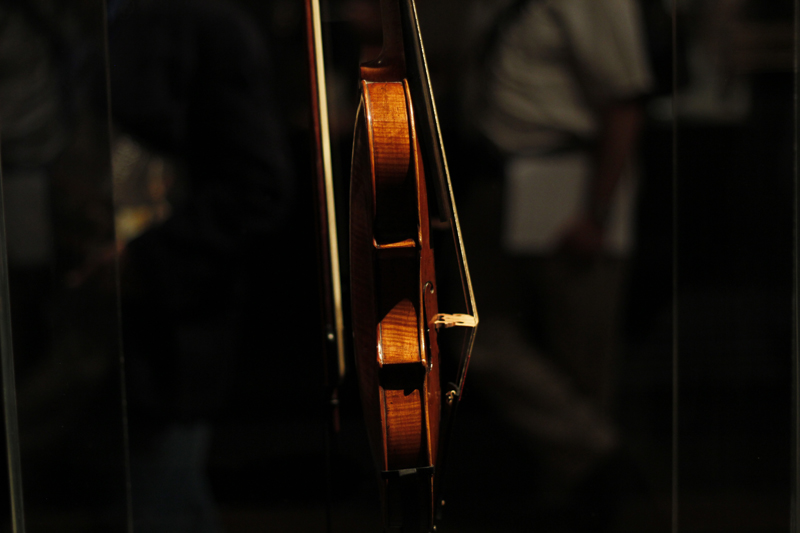
Vermeer and Music has been cleverly devised as an educational journey to the Netherlands in the17th century, showing how painters of the time and region conceived and expressed the themes of love and music. Harmen Steenwyck’s Still Life: An Allegory of the Vanities of Human Life depicts musical instruments as symbols for the passing of time, and Jan Steen’s A Woman Playing a Harpsichord to a Young Man is emblematic for music as a means of conveying love via refined discourse, with inscriptions on the harpsichord suggesting the two characters are flirting.
The exhibition is structured as five rooms intentionally set up to emulate a domestic setting, given most music was produced and played in private homes. Aside from the paintings, Vermeer and Music also displays original artefacts, often detailing the differences with the instruments made nowadays. What’s more, the museum has built a partnership with the Academy of Ancient Music who perform live every Thursday, Friday and Saturday. This is a definite highlight of the show, as the chance to experience actual music composed in the 17th century alongside the pictures is utterly delightful. Those with sufficient imagination can close their eyes and be transported to the age of Vermeer via the gentle sounds of Julian Perkins’s harpsichord and Rachel Brown’s flute and recorder.
At first, the exhibition aims less at familiarising visitors with Dutch painting in its strictly artistic sense, lending rather more importance to the cultural context in which the paintings were created. The pictures presented are of course striking in their quality as works of art, but it is their evocative power that the show aims to communicate.
In the last room, however, the National Gallery surprises visitors with an insight into Vermeer’s work by showcasing the results of technical examinations of his paintings. Exquisite close-ups of microscopic analyses and images of infrared studies are among the treasures the museum shares. The painter’s use of ultramarine or green earth colours, the reasons for this choice, the consequences and other stylistic features in the painter’s technique are finally revealed. They show Vermeer’s dedication, and explain activity behind-the-scenes that would otherwise be concealed.
Highly recommended.
Rita Vicinanza
Photos: Luna Ingrassia
Vermeer and Music: The Art of Love and Leisure is at the National Gallery until 8th September 2013. For further information or to book visit the gallery’s website here.


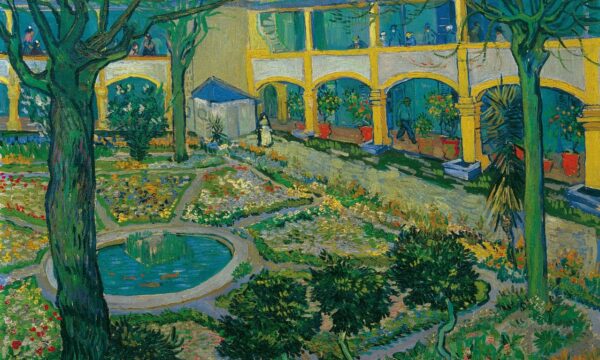
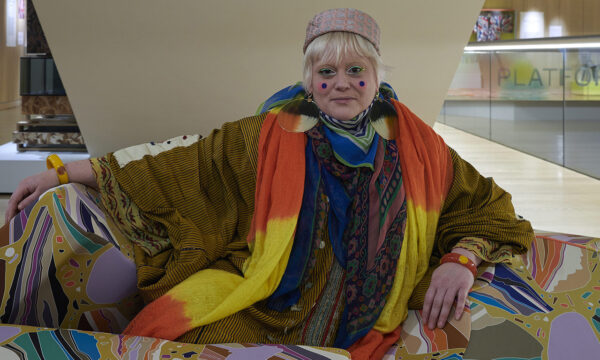
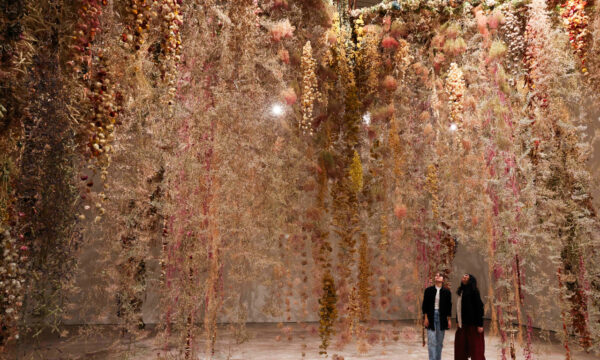
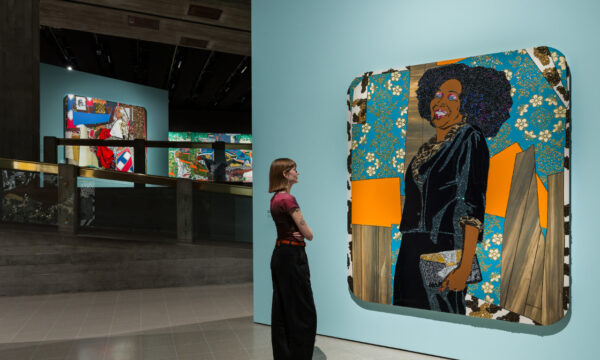
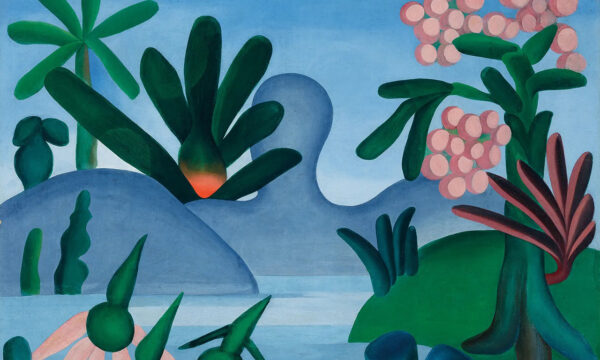
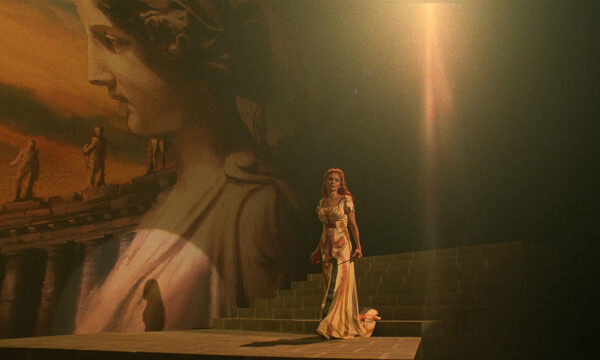
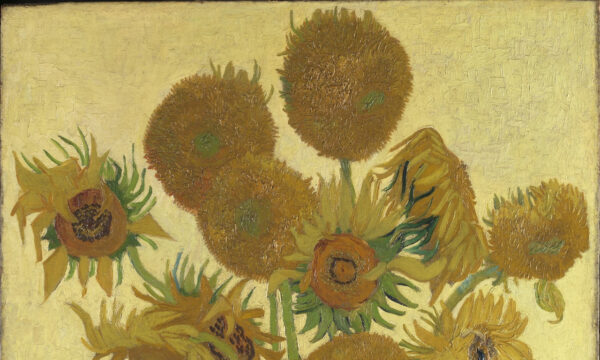
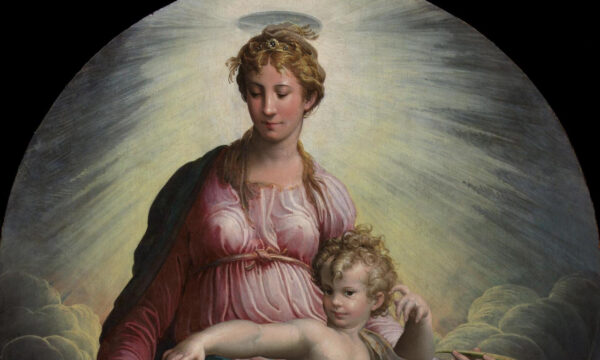







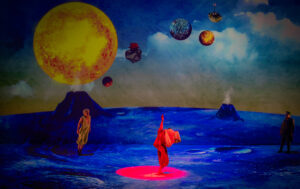



Facebook
Twitter
Instagram
YouTube
RSS